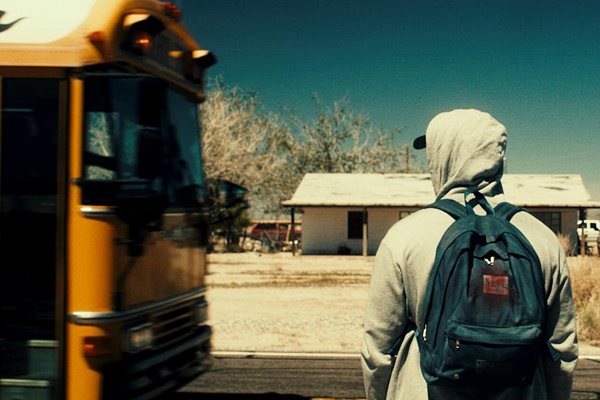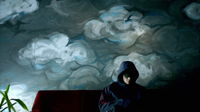
Colourist Rob Pizzey of Company 3 talks about grading ‘The Imposter’ to combine elements of truth and deception, film noir and documentary.
THE IMPOSTER – Colour of Deception |
| ‘The Imposter’ is a documentary following the story of Frédéric Bourdin, a 23 year old Frenchman who assumed the identity of a missing 16 year old boy, Nicholas Barclay in San Antonio. He convinced both the US authorities and the boy’s family that he was their lost child, moved to Texas and began living with them. Only through a series of bizarre events was his deception uncovered. |
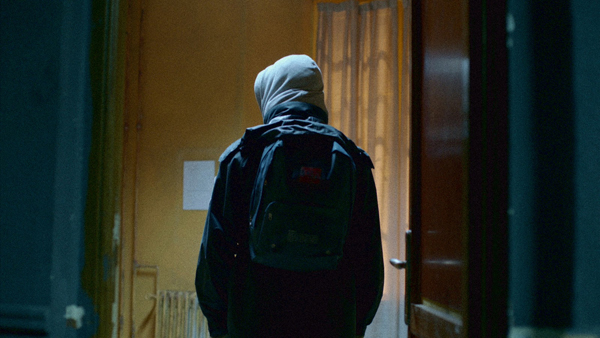 |
|
Director Bart Layton had first encountered the case of Frédéric Bourdin in 2009. From his base in London, he began to research and eventually correspond with Frédéric, persuading him to come and meet him. Still unsure of the story, Bart and his producers took the opportunity to shoot Frédéric over two days in London, quite some time before they had funding for the film. Shifting MemoriesTo investigate how Frédéric could have successfully assumed the life of Nicholas Barclay, Bart contacted and interviewed the Barclay family, also interviewed Federal Agent Nancy Fisher who was assigned to the case, private investigator Charlie Parker who first established evidence that the person in the Barclay’s home was not Nicholas, and child psychologist Bruce Perry. |
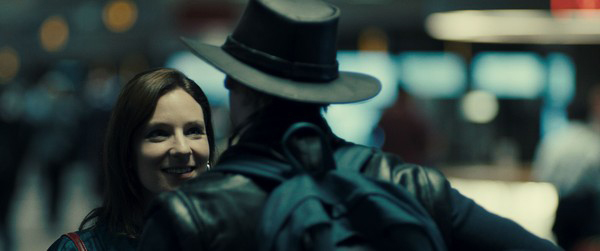 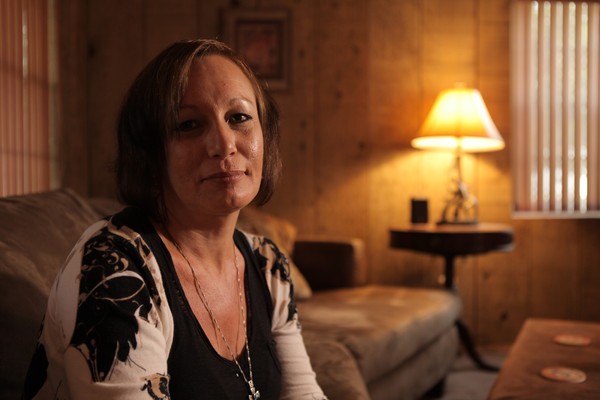 |
|
For the director, the story had as many elements of a thriller as it did a documentary. Bart and cinematographer Erik Wilson developed a look for the film that would simultaneously allow the subjects to tell their stories from own perspectives, and undermine the illusion of reality. He also invented his own style of dramatic re-creation as a cinematic tool to reveal the subjective memories that the Barclays and Frédéric shared about Nicholas’ identity. The re‐creations are not straight facts but aim to draw the audience into the interviewee’s shifting memories. Colourist Rob Pizzey at Company 3 in London played an important role in developing the looks for the different locations and timeframes in the story and overall mood. He viewed a cut of the film about one month before starting the grade, and was excited about the project. “It inspired me to put a lot of thought into how we could use colour to help tell this remarkable story,” he said. “I already knew the rushes were going to look good, having worked with DP Erik Wilson before on several projects, and I met Bart to discuss the grade early on to make sure we were all working from the same ideas. |
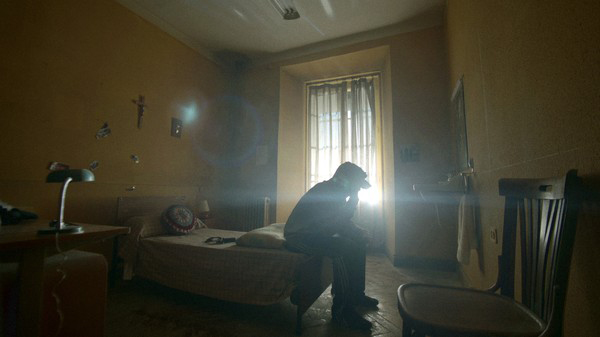 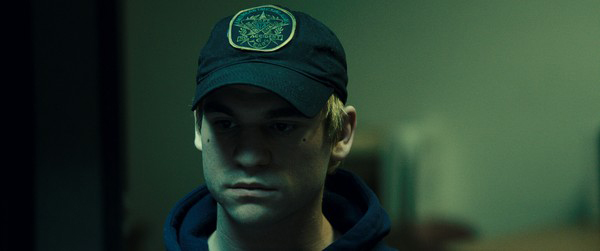 |
Mixed Media“I graded ‘The Imposter’ on the Blackmagic Design DaVinci Resolve system. Bart attended all of the grading sessions, although Erik was unable to attend all but the last couple of days of the grade due to commitments on another project. I worked closely with Bart to get the film in a place he was happy with, and when Erik attended we made some final tweaks.” The team shot the visualisations of Frederick’s time in Spain in and around Madrid, then dramatised the Barclay family’s memories in Phoenix, Arizona, standing in for San Antonio. Erik frequently used the ARRI ALEXA camera, which Bart felt would closely approach the looks of 35mm film. The family interviews had been conducted earlier by another DP, Lynda Hall, on a different camera. |
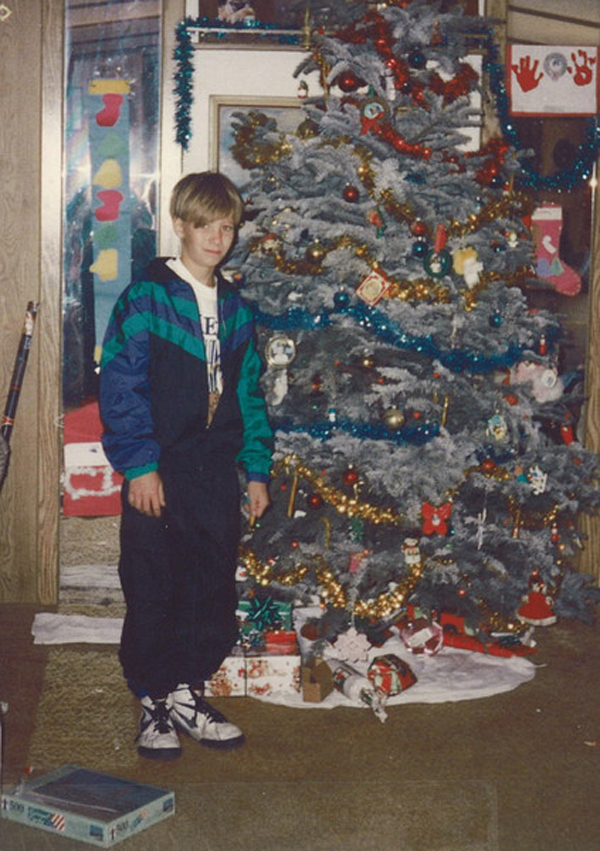 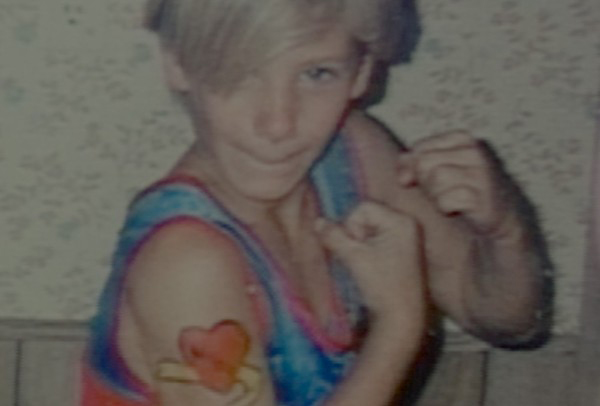 |
|
Ultimately, the film incorporates footage from several digital cameras including a RED camera, the ALEXA, a Sony HDW-F900R and a Canon 5D. They had wanted to shoot 16mm film as well but cost and logistics prevented them from doing this. There is also some archival news footage, plus still photos and home movie clips of Nicholas Barclay. Different aspect ratios were also in use – the interviews were generally shot 1.85 or 16:9, and the drama sequences at 2.35:1. The media was supplied to Rob as 2:35 footage. “There were a few shots on one camera where the highlights were a little hot, so I created a layer that would isolate them and allow me to tone them down a little,” he said. “The home movie footage was low resolution so I just tried to pull out as much information as possible. The archive news footage was extremely saturated. I backed the colour down on this. |
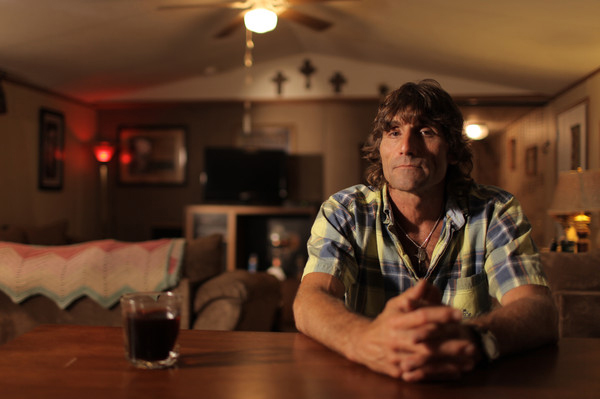 |
|
“We did have a few problems to deal with in the DI because one of the cameras used for the interviews had a focus issue. We spent a lot of time improving this by hand, animating shapes and sharpening the affected parts of the image.” Bold ContrastThrough the grade, Rob was able to contribute to the director’s themes of deception and self-deception, clarity and ambiguity, and intentions to introduce elements and tones of a thriller into his documentary. “Bart explained that he wanted the reconstructions to be distinctive and stand out against the interviews. We used bold contrast and colour manipulation to achieve this and highlighted various parts of the image to draw the audience into the journey. Depending on the context, I simply emphasised elements of what Erik had captured in the frame,” Rob said. “We used a lot of power windows and tracking shapes to mould the image and increase the dramatic impact, adding more shadow and texture. I also used colour isolation in the frame to play certain colours off against each other. |
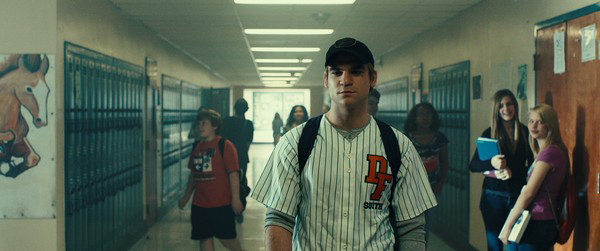 |
|
“I attempted to use colour to embellish the story at each point in time. For example, when Frederic is in Spain, dying his hair and getting a tattoo to mimic Nicholas Barclay, the colour palate is quite cool to evoke the sinister nature of events. In contrast, when Frederic is boarding the school bus and at high school I used a warmer colour palate to reflect the more up-beat nature of these sequences. At those points in the story he is living his dream of having a family life in America. “Charlie Parker, the private investigator, works in a dark and dilapidated office so my grade enhanced these characteristics. If I were to grade this with a bright and vibrant look it would have felt out of context to the scenario. The FBI agent’s office received a cooler look to enhance the feeling of quiet authority.” Interviews and LocationsFor the interview footage, Bart and DP Lynda Hall tried, as much as possible, to shoot the subjects at home, which sometimes were just trailer homes, often cluttered with objects that reveal his or her personality. “I made sure that each of the subjects was distinct from their respective backgrounds, as they needed to be the main focus within the frame. I tried to tone down the backgrounds wherever I could without making it appear too obvious. I had to subtly change the grade according to whatever shots were adjacent in the sequence - if I was to apply exactly the same look for each subjects’ interview footage the colour might jar. For example if we cut from a very cold scene I would make subtle adjustments to avoid the interview segment appearing too warm, or vice versa.” |
|
|
|
Locations were also graded subjectively at times. The looks created for San Antonio, Texas, where Nicholas Barclay’s family live, change quite a bit throughout the movie, with a glowing early morning look, and wide blue skies with white clouds. Erik Wilson noted that a specific location among the re-enactments was at the town’s square with a telephone box in the middle, where the narrative returned several times, needed a special look. Rob said, “I wanted to really pull out the skies in the grade to make them stand out against the landscape. We have some classic evocations of the American panorama in the shots, such as highways, diners and so on. Most of the locations were enhanced during the grading process to give a hyper-real feeling, especially the flashback sequence when Frederic is recounting the first time he meets Nicholas’ sister as she shows him the family photos. |
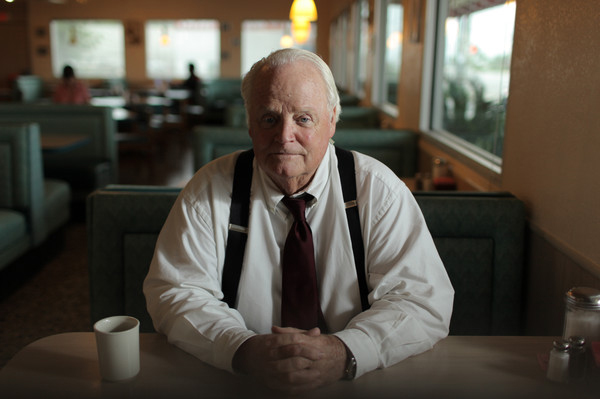 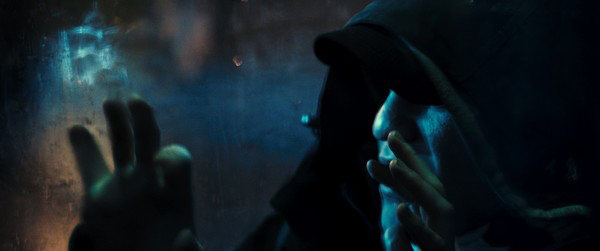 |
Light and Shadow“Erik lit the images beautifully. All of the information was available to me in the shadows and highlights allowing me substantial latitude to manipulate the shots. It makes the job a lot tougher when you are working with underexposed or clipped images, but with The Imposter, as with all of Erik’s work, this was simply not the case.” According to Erik, the approach to set lighting was more subtractive than additive. That is, they would aim to go with the existing light instead of designing complex artificial set-ups, and then try to reduce the light later. Therefore, his preferred camera was the ALEXA because it captured more ambient light information and would allow them to manipulate looks later. |
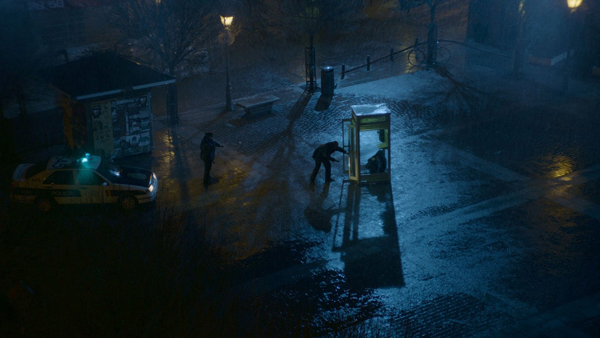 |
|
To help with some fairly complex dissolve sequences with multiple layers, Rob graded each shot separately and rendered out to the Smoke for the online editor to composite together. “We then viewed the sequences back in the DI theatre and tweaked the opacity of each layer to make sure that each element stood out at the right time,” Rob said. “I graded a reel a day. After the first week I had completed a pass on the whole film and the colour was in great shape. I then started work on another project while we waited for the complex dissolve sequences to be edited back together. After a couple of weeks we were back in the theatre all together again to finish the grade. It was good to have a break from the project because with fresh eyes and a renewed perspective, I spotted areas where the grade could be improved. As the film was shot digitally, we carried out grain addition tests on the footage to make it appear more filmic. We did this for the DCP and video deliverable, though not for the film out.” www.company3.com Words: Adriene Hurst |


